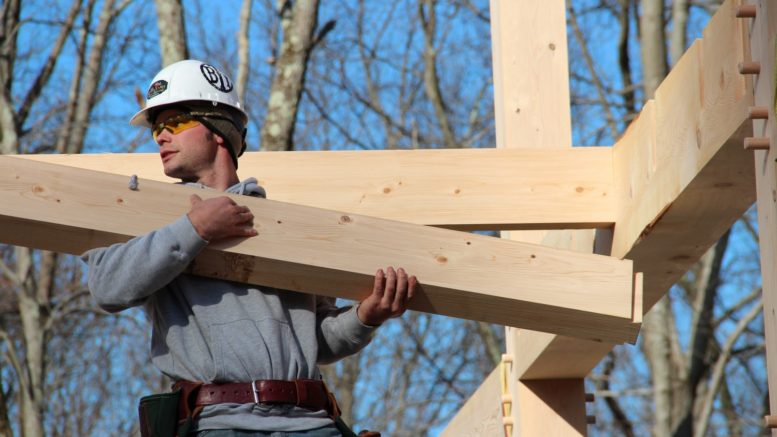ConDig (18-Dec-18). Construction of new homes in the US reversed a recent downward trend in November, fueled by a surge in multi-family housing schemes that helped overpower a drop in single-family homes.
Total housing starts rose 3.2% to a seasonally adjusted annual rate of 1.256 million compared with the revised October estimate of 1.217 million, but was 3.6% below the November 2017 rate of 1.3 million.
It comes as starts for the multi-family housing segment jumped 22.4% to a rate of 432,000 units in November, while single-family homebuilding, which accounts for the largest share of the housing market, tumbled 4.6% to a rate of 824,000 units in November, the lowest level since May 2017.
Housing permits, which are a sign of future construction activity, rose 5% to a seasonally adjusted annual rate of 1.328 million compared with the revised October rate of 1.265 million.
“The decline in single-family production over the last few months makes sense given the drop in our builder confidence index,” said National Association of Home Builders (NAHB) chairman Randy Noel.
“Builders are cautious to add inventory as housing affordability concerns are causing consumers to pause on making a home purchase.”
Single-family production continues to be hobbled by rising housing affordability issues as builders face high material and labor costs. It comes amid a deepening skills shortage across the construction industry, while material costs have been boosted following a decision by President Trump to slap a 25% tariff on imported steel and a 10% duty on foreign aluminum from Canada, Mexico and the European Union on May 31.
“Favorable demographics support healthy housing demand, so it is frustrating that the housing affordability crisis is preventing many consumers from achieving their goal of buying a home,” said NAHB chief economist Robert Dietz.
“While homeownership has increased over the last nine quarters, we can expect that upward momentum to stop due to rising home costs. Because housing leads the economy, we need to stabilize residential market conditions.”
